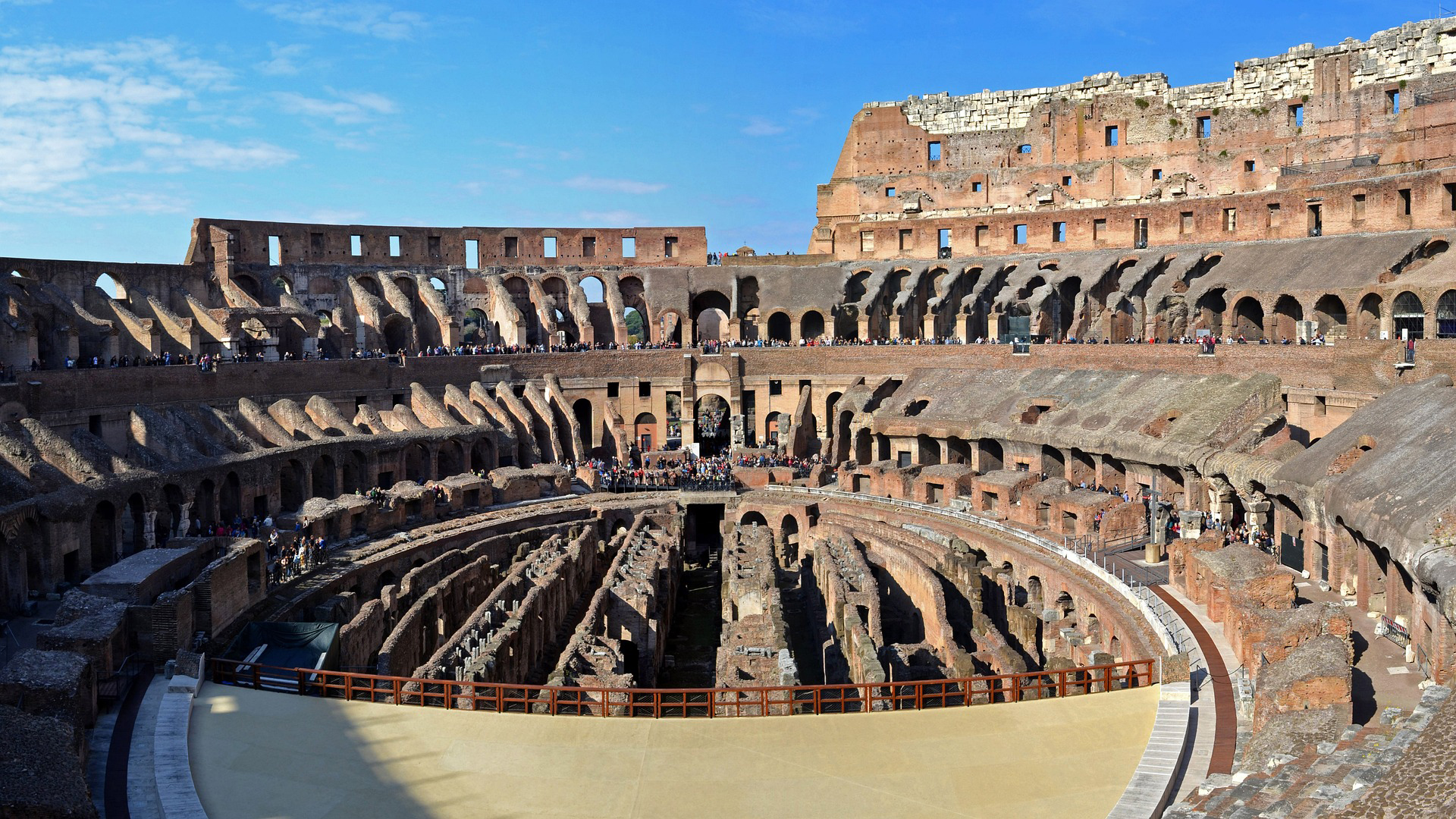The Colosseum is one of the most visited sites in the world, renowned through its nearly 2,000-year-old history for being home to scores of bloody gladiator and exotic animal games as well as executions of war prisoners and criminals. The ancient structure has been remarkably preserved over the millenia and is now a symbol of Italian history and culture.
Below are 10 incredible facts about the Colosseum you might not know:

Asia London Palomba
Asia London Palomba is a trilingual freelance journalist from Rome, Italy. In the past, her work on culture, travel, and history has been published in The Boston Globe, Atlas Obscura, The Christian Science Monitor, and Grub Street, New York Magazine's food section. In her free time, Asia enjoys traveling home to Italy to spend time with family and friends, drinking Hugo Spritzes, and making her nonna's homemade cavatelli.


